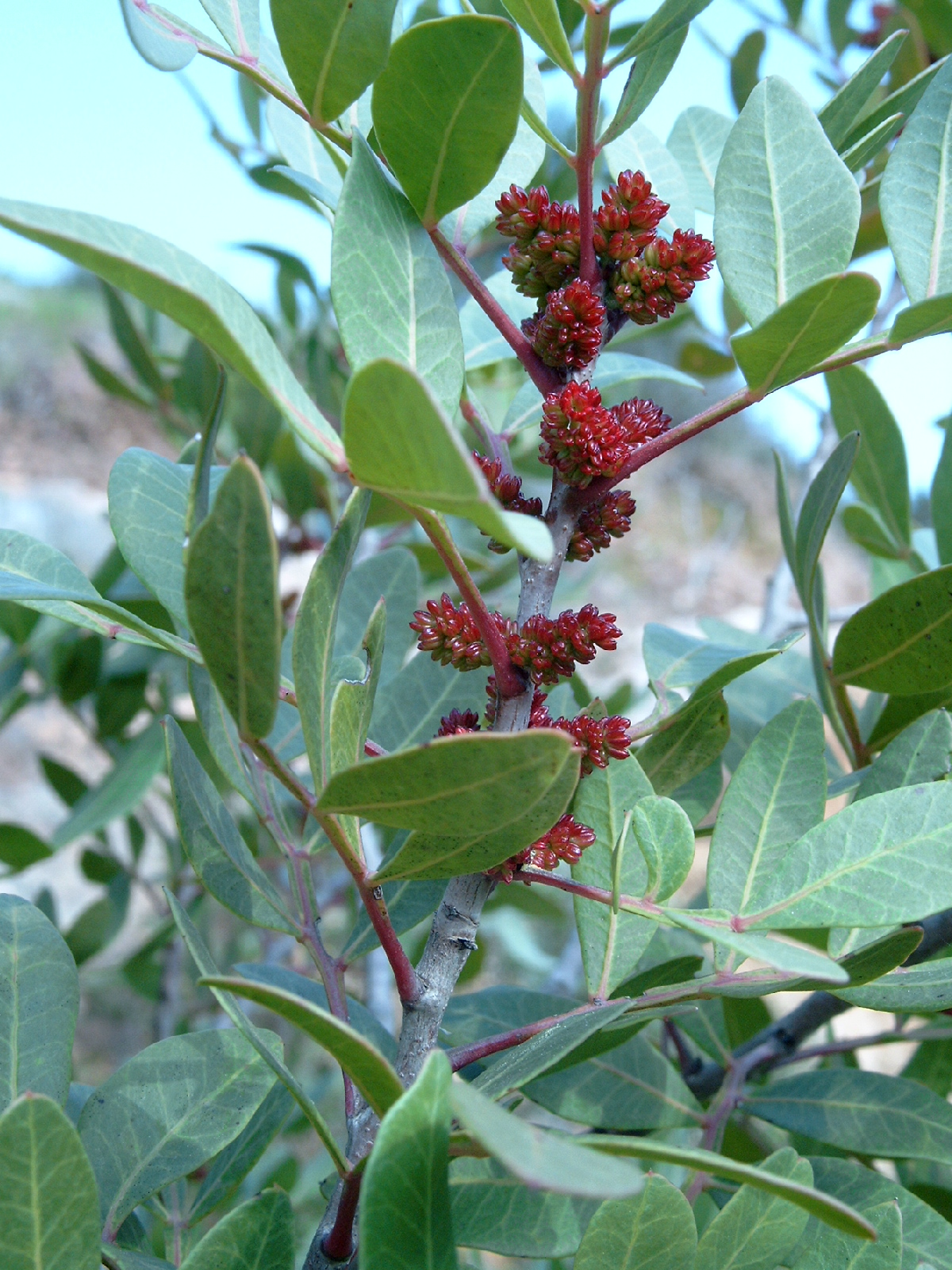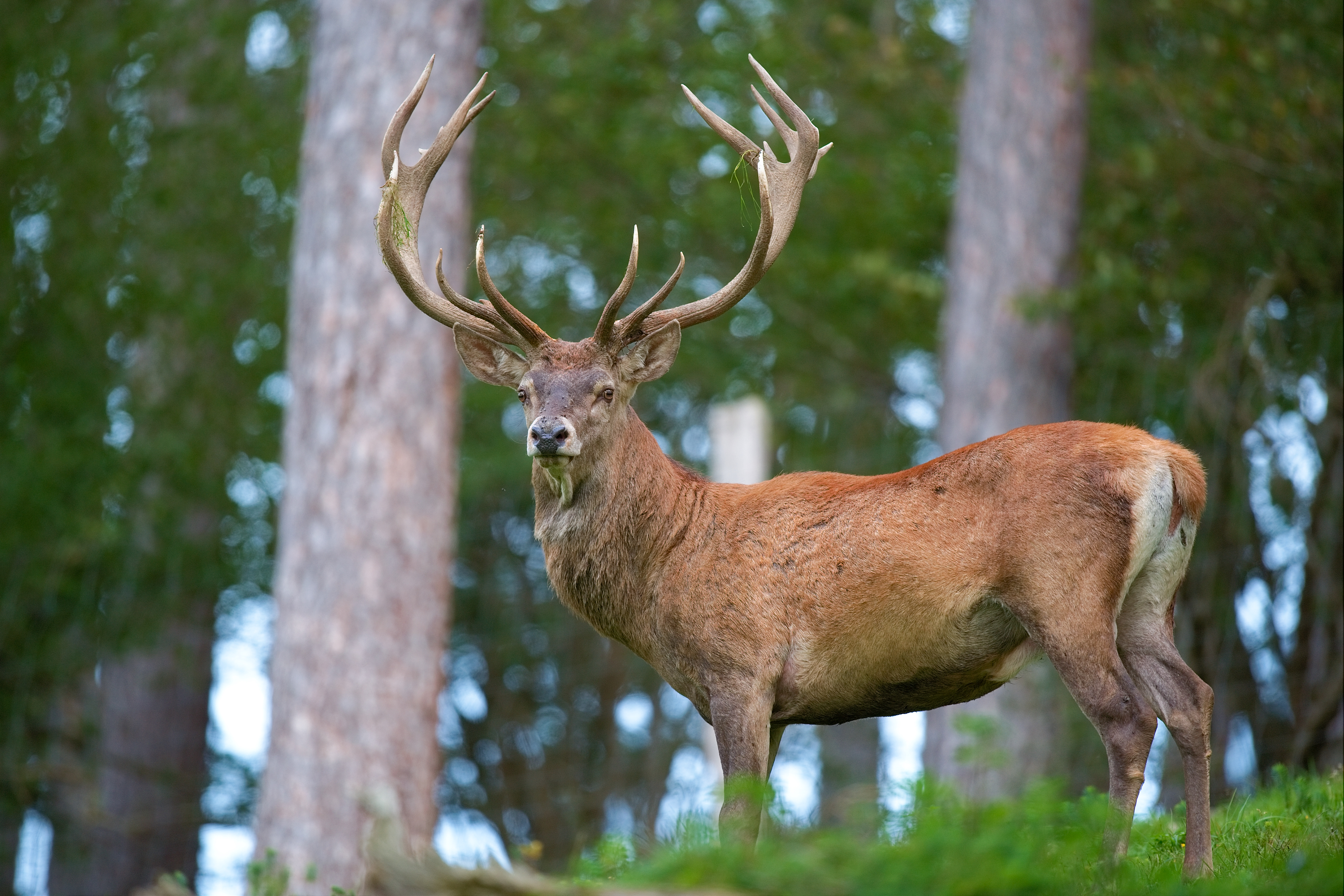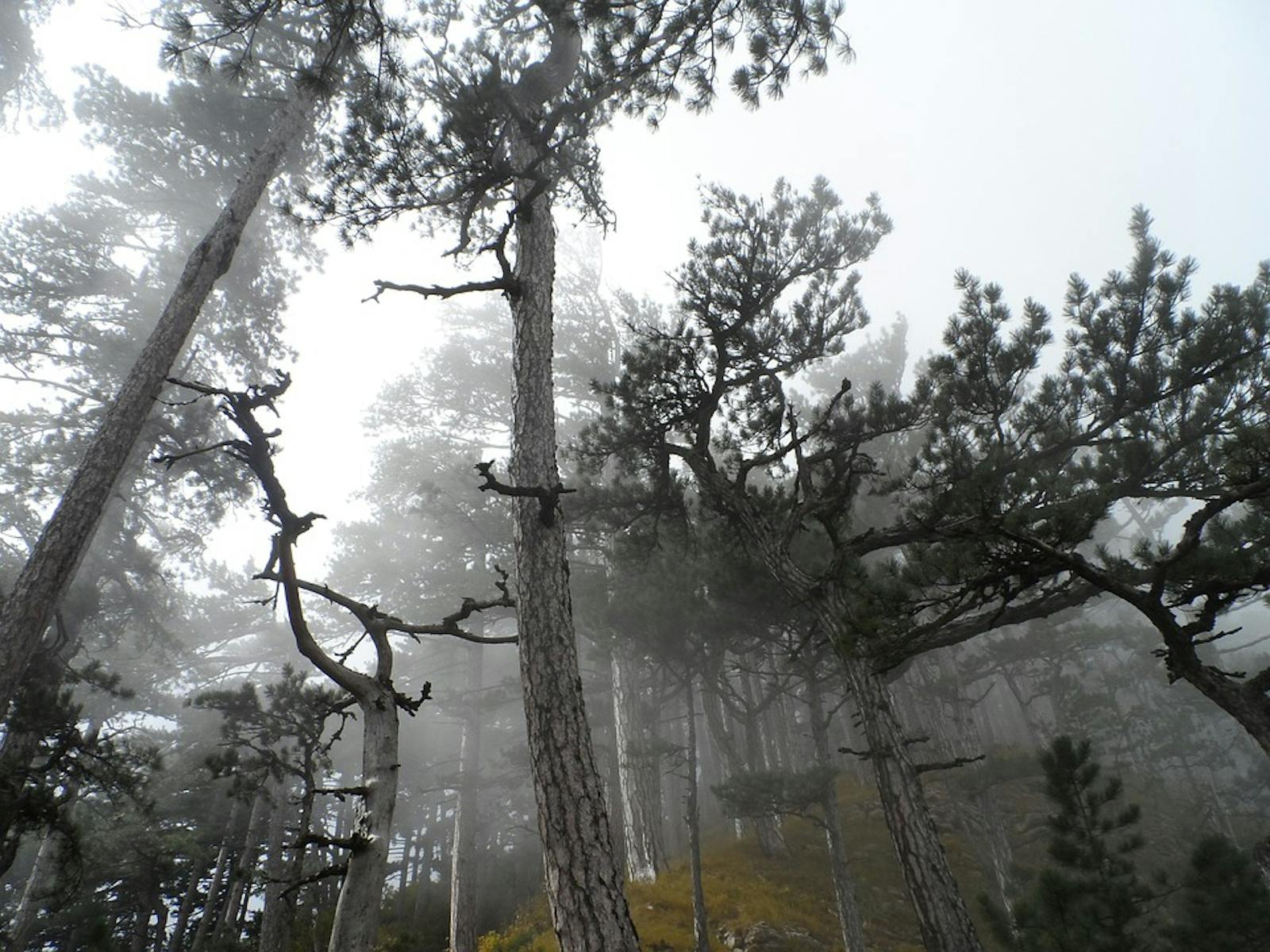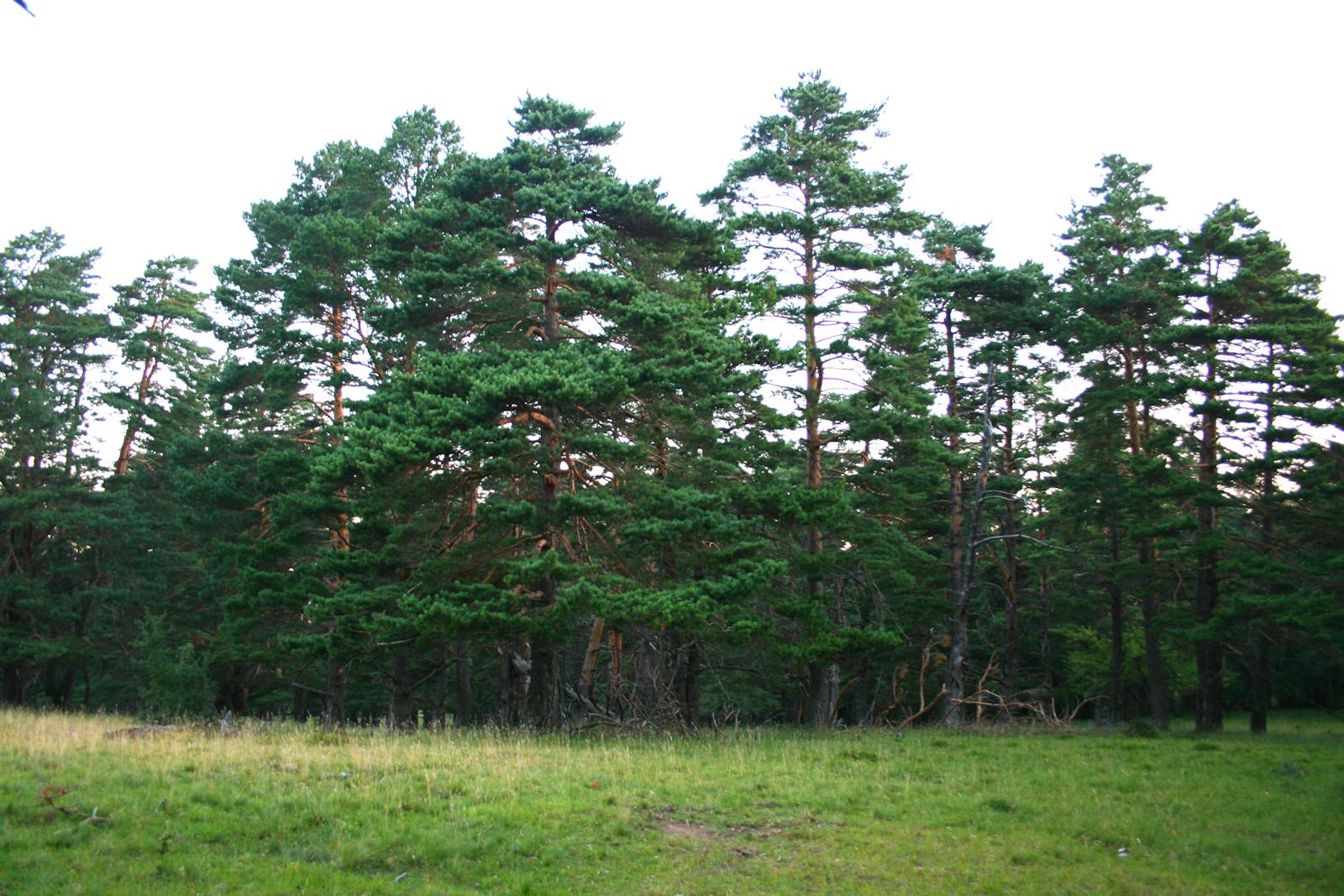Crimean Submediterranean Forest Complex
The ecoregion’s land area is provided in units of 1,000 hectares. The protection goal is the Global Safety Net (GSN1) area for the given ecoregion. The protection level indicates the percentage of the GSN goal that is currently protected on a scale of 0-10. N/A means data is not available at this time.
Bioregion: Black Sea, Caucasus-Anatolian Mixed Forests & Steppe (PA17)
Realm: Western Eurasia
Ecoregion Size (1000 ha):
3,022
Ecoregion ID:
658
Protection Goal:
55%
Protection Level:
2
States: Russia, Ukraine
Despite being at much higher latitude, the Crimean Submediterranean Forest Complex mimic the forests of the Mediterranean—an unexpected landscape on the Northern shores of the Black Sea; overlooking an azure sea, a flourishing woodland of juniper and pistachio is interrupted by waterfalls, caves, and grottoes. Red deer and jackal wander amongst a complex rocky landscape hosting precipitous slopes, narrow valleys, and hanging ravines. The forests are most known for their richness of insects and amphibians, including the vividly orange-bellied southern crested newt.

The flagship species of the Crimean Submediterranean Forest Complex ecoregion is the southern crested newt. Image credit: Creative Commons
This ecoregion is formed by two coastal enclaves on the Northern coast of the Black Sea. One stretches across the Southern shore of the Republic of Crimea, reaching into the Crimean Mountains, whilst the other occupies Russia’s Black Sea coast of Krasnodarsky Kray, extending across the Northwest flank of the Caucasus. Despite being at relatively high latitude, the hot, dry summers and mild, rainy winters support a wealth of typically Mediterranean flora.

Leaves of downy oak. Image credit: Franz Xaver, Creative Commons
Lower elevations host shrublands and woodlands of Christ’s thorn, pistachio, downy oak, and three species of juniper: Greek juniper, prickly juniper, and foetid juniper. As altitude climbs, oriental beech, European hornbeam, and sessile oak become common, with highest altitudes dominated by pine. Many of the Mediterranean plant species have their Northernmost limit here, including bluntleaf pistachio, prickly juniper, strawberry tree, and pink rock-rose.

Flowers of mastic tree. Image credit: Creative Commons
These forests are home to an extraordinary array of invertebrates, reptiles, and amphibians. Endemic butterflies include Polyommatus pljushtchi and Pseudochazara euxina, and there is particularly high diversity amongst ground beetles; the huge violet ground beetle glitters a vibrant purple, and the endemic Carabus gyllenhali boasts exquisite iridescent hues.
Crimea is home to Kotschy’s gecko, leopard snake, and the endemic Lindholm’s rock lizard, whilst Russian spur-thighed tortoise wanders the Black Sea coast of Russia. Southern crested newts dwell in the many swamps and ponds of the forests; males are distinguished by a large, jagged crest that runs the length of their backs. Destruction of habitat and pollution of water are the greatest threats to these amphibians, and they are known to have been traded illegally in Russia.
The primary factor driving the transformation of Mediterranean woodlands is the growth of resort towns, and the entire coastline is heavily developed.iv vii In the Crimea, upland vegetation has remained healthy and continuous, whilst productive lowlands have been intensively cultivated for for vineyards, tobacco, and essential oils. In Russia, conversion for agriculture has driven widespread deforestation, with natural forest remaining only in patches; cattle farming and commercial fishing are also common here.
The Utrish State Nature Reserve is one of the only regions where the Mediterranean flora has been preserved in Russia, and extensive ecological studies have been conducted in the Karadagskiy Nature Reserve in Crimea.

Red deer. Image credit: Creative Commons
Tourism has had a significant impact on the environment, causing excessive air, water, and soil pollution. In response, Russia has adopted laws concerning the use of natural resources in recreational sites, and implemented integrated nature protection activities. Irregular logging has led to forest degradation and higher frequency of fires; there are regular fire control activities to counteract this.
Whilst there is control over hunting of endangered species such as roe and red deer, the harvesting of insects, amphibians, and reptiles is unregulated and poses a significant threat. High pesticide usage has caused extensive water pollution, yet many purification facilities are non-operational, with some acting as sources of pollution themselves.
The priority conservation actions for the next decade will be to: 1) establish strict regulations on the harvesting of non-game fauna; 2) promote sustainable ecotourism and conservation education for recreational visitors; and 3) increase enforcement of environmental protection laws in existing protected areas.
Citations
1. IUCN - The World Conservation Union (2000). Cooperation in the European Mountains 2: The Caucasus. Environmental Research Series 13.
2. Cordova, C.E., 2016. The Mediterraneanization of Crimea. Physical and cultural processes in landscape transformation. Méditerranée. Revue géographique des pays méditerranéens/Journal of Mediterranean geography, (126), pp.25-36.
3. Petrushina, M., 2016. Landscape diversity and current state of landscapes of the Nature Reserve “Utrish”. Landscape and Landscape Ecology, p.265.


.png?auto=compress%2Cformat&w=300)
